Home>Gardening & Outdoor>Outdoor Recreation & Activities>How Many Springs Are On A Trampoline
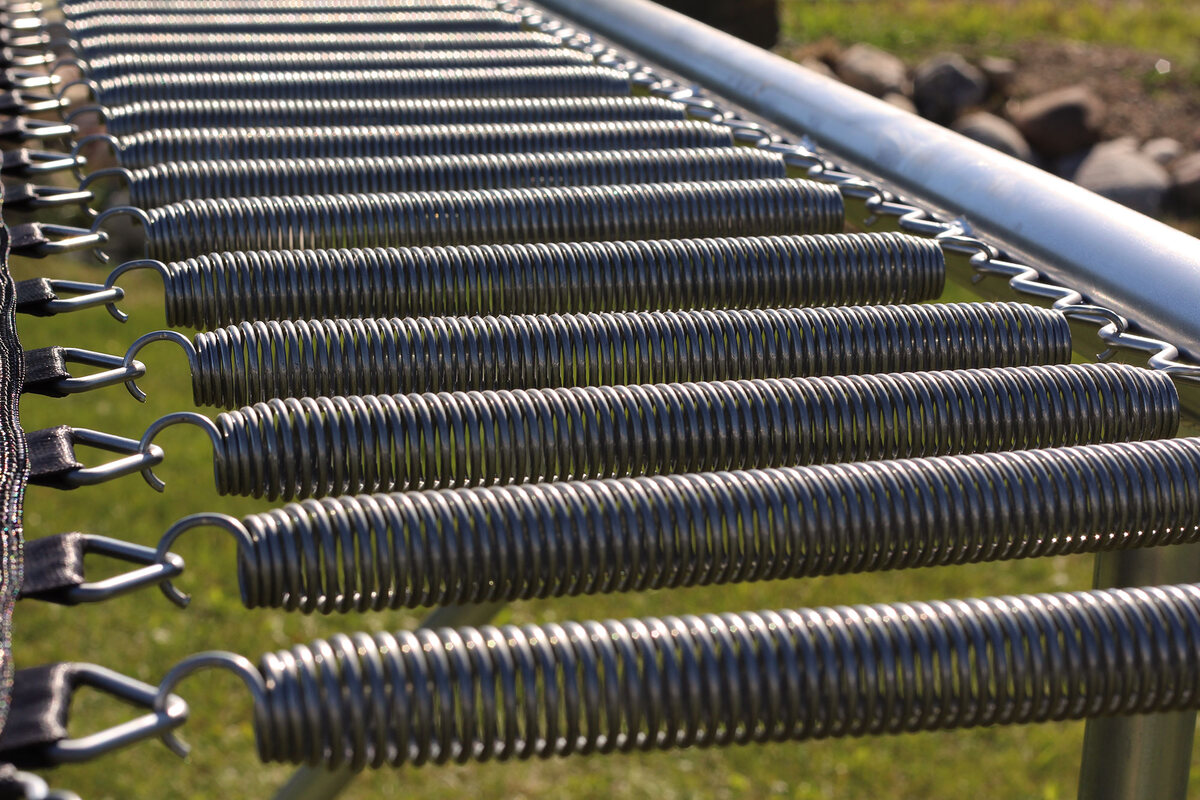

Outdoor Recreation & Activities
How Many Springs Are On A Trampoline
Modified: October 20, 2024
Discover the ideal number of springs for a trampoline and ensure a safe and enjoyable outdoor recreation and activities experience. Explore the best options for your needs.
(Many of the links in this article redirect to a specific reviewed product. Your purchase of these products through affiliate links helps to generate commission for Storables.com, at no extra cost. Learn more)
**
Introduction
**
Trampolines have been a source of joy and entertainment for people of all ages for many years. Bouncing on a trampoline can be an exhilarating experience, providing an opportunity for physical activity and fun. However, have you ever wondered about the role of springs in this beloved recreational device? In this article, we will delve into the fascinating world of trampoline springs, exploring their function, the ideal number for optimal performance, and the factors that influence this crucial component. Whether you are a trampoline enthusiast, a concerned parent, or simply curious about the mechanics of this beloved pastime, this article will provide valuable insights into the world of trampoline springs. So, let's bounce into the heart of this topic and uncover the secrets behind the springs on a trampoline!
Key Takeaways:
- Trampoline springs are crucial for the bouncing experience, stability, and safety. The ideal number of springs depends on the trampoline’s size, shape, and intended use, ensuring optimal performance and enjoyment.
- Factors like trampoline size, weight capacity, and intended use influence the number of springs needed. Following manufacturer recommendations and proper maintenance are essential for a safe and enjoyable trampoline experience.
The Function of Springs on a Trampoline
Trampoline springs play a pivotal role in the functionality and safety of the apparatus. These coiled metal components serve as the connection between the jumping mat and the frame, facilitating the characteristic bounce that trampolines are known for. When a person jumps on a trampoline, the springs stretch and recoil, absorbing and releasing kinetic energy to propel the jumper into the air. This dynamic interaction between the springs and the jumper creates the exhilarating sensation of weightlessness and buoyancy that makes trampolining so enjoyable.
Besides enabling the bouncing motion, trampoline springs also contribute to the overall stability and balance of the device. By securely anchoring the mat to the frame, the springs help distribute the force of each jump evenly across the surface, minimizing the risk of uneven stress and potential damage to the trampoline. Additionally, the presence of high-quality and properly tensioned springs can enhance the responsiveness and control of the trampoline, allowing for a more controlled and enjoyable bouncing experience.
Furthermore, the springs on a trampoline contribute to its safety features. By providing a cushioning effect and regulating the degree of rebound, the springs help reduce the impact on the jumper’s joints and muscles, lowering the likelihood of injuries during use. Properly maintained springs are essential for maintaining the integrity and performance of the trampoline, ensuring that it remains a safe and enjoyable recreational activity for users of all ages.
The Ideal Number of Springs on a Trampoline
When it comes to the number of springs on a trampoline, there is no one-size-fits-all answer. The optimal quantity of springs can vary depending on the size, shape, and intended use of the trampoline. However, a general guideline for determining the ideal number of springs is to ensure that they are evenly distributed around the perimeter of the jumping mat. This distribution helps maintain uniform tension and support, ultimately influencing the trampoline’s performance and safety.
For traditional round trampolines, the ideal number of springs typically ranges from 72 to 96, with larger models accommodating more springs to maintain adequate tension and responsiveness across the surface. The evenly spaced placement of these springs around the circumference of the trampoline promotes a balanced and consistent bounce, enhancing the user’s experience and reducing the risk of uneven stress on the frame and mat.
Rectangular trampolines, favored for their superior bounce and suitability for gymnastics and acrobatics, often feature a higher spring count compared to their round counterparts. A standard rectangular trampoline may have anywhere from 80 to 104 springs, with some professional-grade models boasting even more. The increased number of springs on a rectangular trampoline serves to optimize tension and stability, allowing for enhanced control and performance during complex maneuvers.
It is important to note that the ideal number of springs also depends on the weight capacity and intended user demographics of the trampoline. Trampolines designed for children and lighter individuals may require fewer springs to achieve the desired level of bounce, whereas trampolines intended for adults and heavier users may benefit from a higher spring count to accommodate the additional weight and provide a more robust rebound.
Ultimately, the ideal number of springs on a trampoline aligns with the manufacturer’s specifications and recommendations, taking into account the trampoline’s size, shape, and intended usage. By adhering to these guidelines, trampoline owners can ensure optimal performance, safety, and longevity, maximizing the enjoyment and benefits of this beloved recreational activity.
Count the number of springs on a trampoline by multiplying the number of rows of springs by the number of springs in each row. This will give you the total number of springs on the trampoline.
Factors Affecting the Number of Springs
Several factors influence the determination of the appropriate number of springs for a trampoline, encompassing aspects related to performance, safety, and user experience. Understanding these factors is essential for selecting a trampoline with the ideal spring configuration to suit specific needs and preferences.
1. Trampoline Size and Shape: The dimensions and shape of a trampoline significantly impact the requisite number of springs. Larger trampolines, whether round or rectangular, generally necessitate a greater quantity of springs to maintain uniform tension and support across the expansive jumping surface. Conversely, smaller trampolines may require fewer springs to achieve the desired bounce and responsiveness.
2. Weight Capacity: The intended user demographic and weight capacity of the trampoline play a crucial role in determining the optimal spring count. Trampolines designed for adults and heavier individuals typically feature a higher number of springs to accommodate the additional weight and provide enhanced stability and rebound. Conversely, trampolines intended for children and lighter users may require fewer springs while still delivering an enjoyable and safe bouncing experience.
3. Intended Use: The specific activities and purposes for which the trampoline will be utilized also factor into the spring count. Trampolines intended for recreational bouncing and light exercise may require a standard number of springs to facilitate a comfortable and responsive bounce. In contrast, trampolines used for gymnastics, acrobatics, or advanced maneuvers may benefit from a higher spring count to support the increased demands for tension, control, and stability during dynamic movements.
4. Quality and Tension of Springs: The quality and tension of the springs themselves are critical considerations. High-quality, durable springs with proper tension can contribute to a more controlled and consistent bounce, regardless of the trampoline’s size or intended use. Regular inspection and maintenance of the springs are essential to ensure optimal performance and safety, as worn or damaged springs may compromise the trampoline’s functionality and pose potential hazards to users.
5. Manufacturer’s Recommendations: Following the manufacturer’s guidelines and specifications is paramount when determining the appropriate number of springs for a trampoline. Manufacturers consider various factors, including the trampoline’s design, materials, and intended performance characteristics, to provide recommendations for the optimal spring configuration. Adhering to these guidelines can help maximize the trampoline’s performance, safety, and longevity.
By taking these factors into account, trampoline enthusiasts and prospective buyers can make informed decisions regarding the selection and maintenance of trampolines, ensuring an enjoyable, safe, and rewarding experience for users of all ages and skill levels.
Conclusion
Trampoline springs are integral components that contribute to the exhilarating and dynamic experience of bouncing on a trampoline. Their role in facilitating the characteristic rebound, stability, and safety of the trampoline underscores their significance in ensuring an enjoyable and secure recreational activity for users of all ages and skill levels.
Understanding the ideal number of springs for a trampoline involves considering various factors, including the trampoline’s size, shape, weight capacity, intended use, and the quality of the springs themselves. By carefully evaluating these factors and adhering to the manufacturer’s recommendations, trampoline owners can optimize the performance, safety, and longevity of their trampolines, ultimately enhancing the overall user experience.
Whether it’s the evenly distributed springs on a round trampoline providing a balanced and consistent bounce, or the increased spring count on a rectangular trampoline supporting complex maneuvers and advanced techniques, the configuration of trampoline springs directly influences the device’s functionality and responsiveness.
As trampolines continue to captivate enthusiasts and families seeking outdoor entertainment and physical activity, the role of springs remains paramount in delivering a thrilling and rewarding experience. By recognizing the importance of the ideal number of springs and the factors that influence this determination, trampoline enthusiasts can make informed decisions when selecting, maintaining, and enjoying this beloved recreational apparatus.
So, whether you’re a seasoned trampoline aficionado or considering the purchase of your first trampoline, the role of springs on a trampoline is a fascinating aspect to explore, enriching the appreciation for this timeless and cherished outdoor activity.
Frequently Asked Questions about How Many Springs Are On A Trampoline
Was this page helpful?
At Storables.com, we guarantee accurate and reliable information. Our content, validated by Expert Board Contributors, is crafted following stringent Editorial Policies. We're committed to providing you with well-researched, expert-backed insights for all your informational needs.
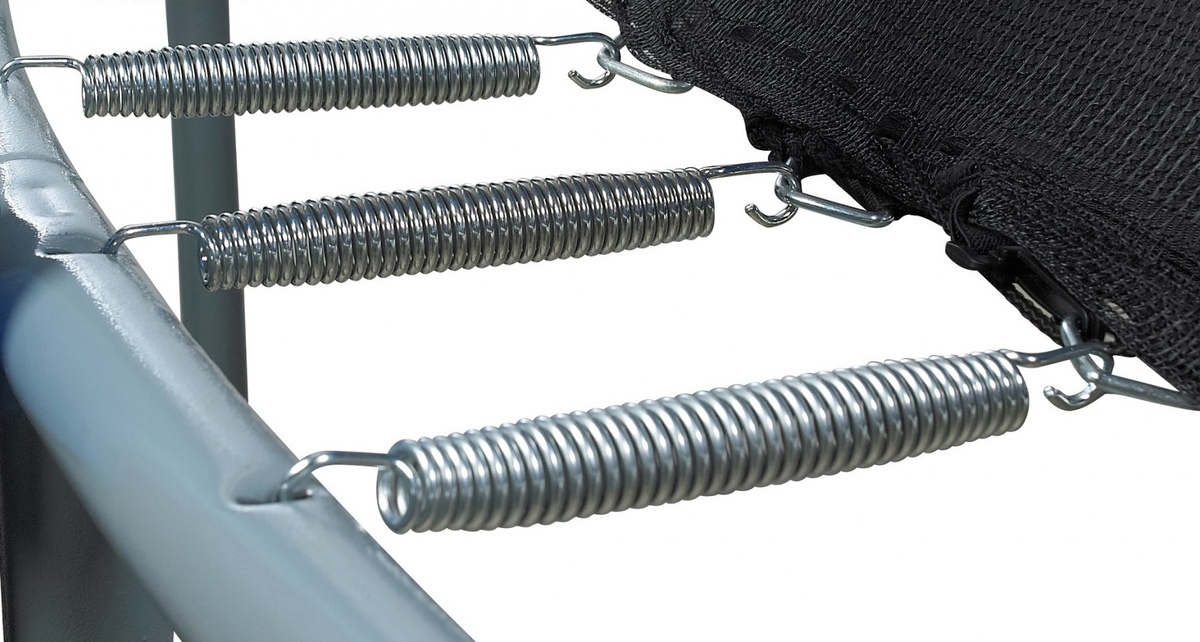
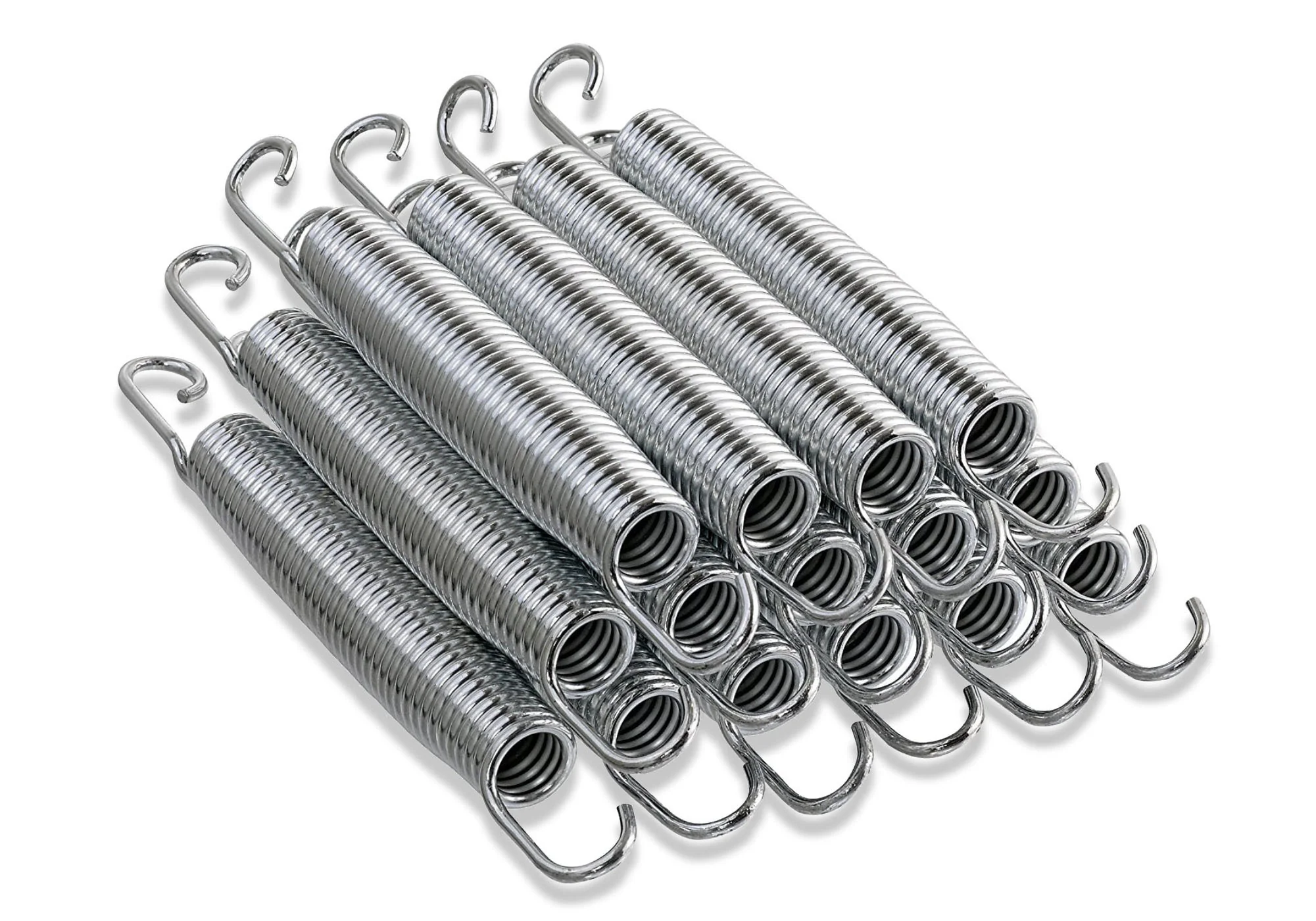
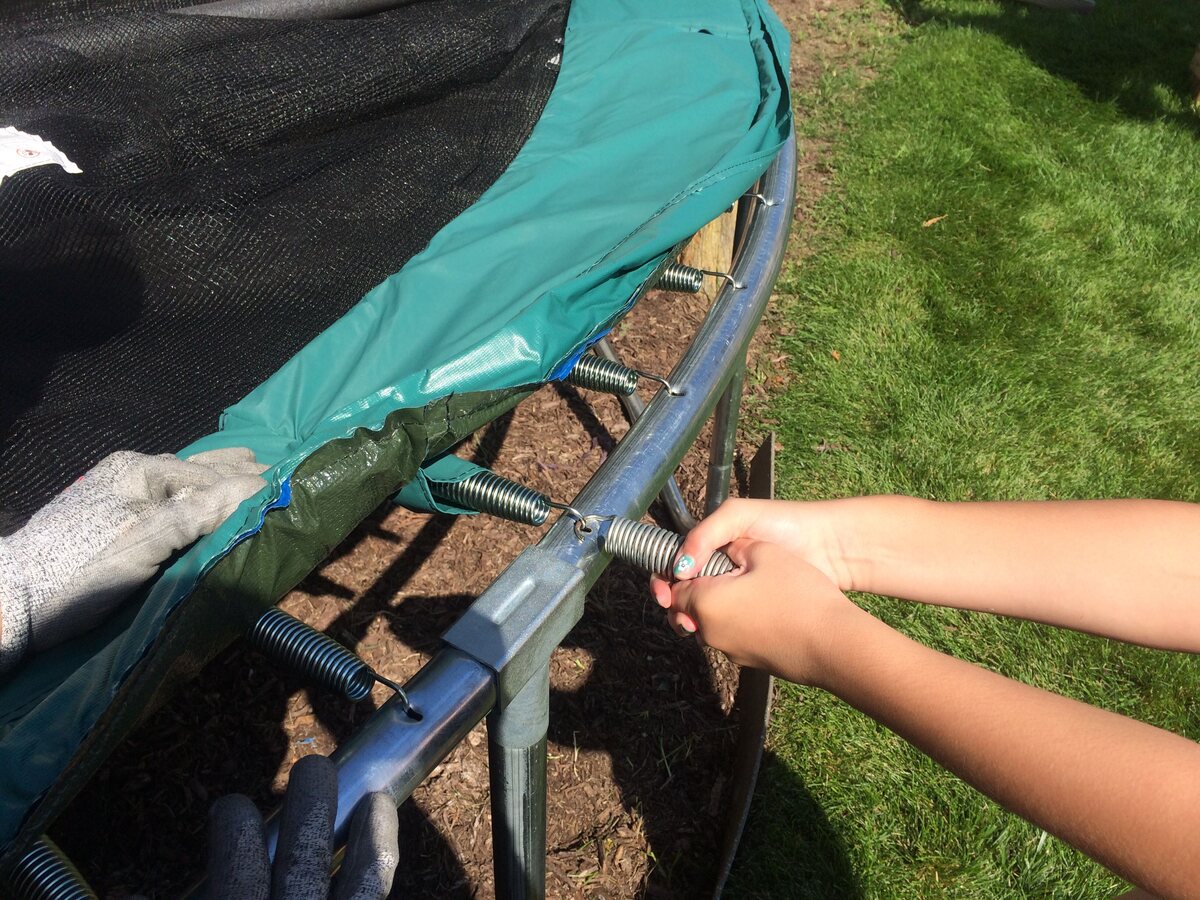
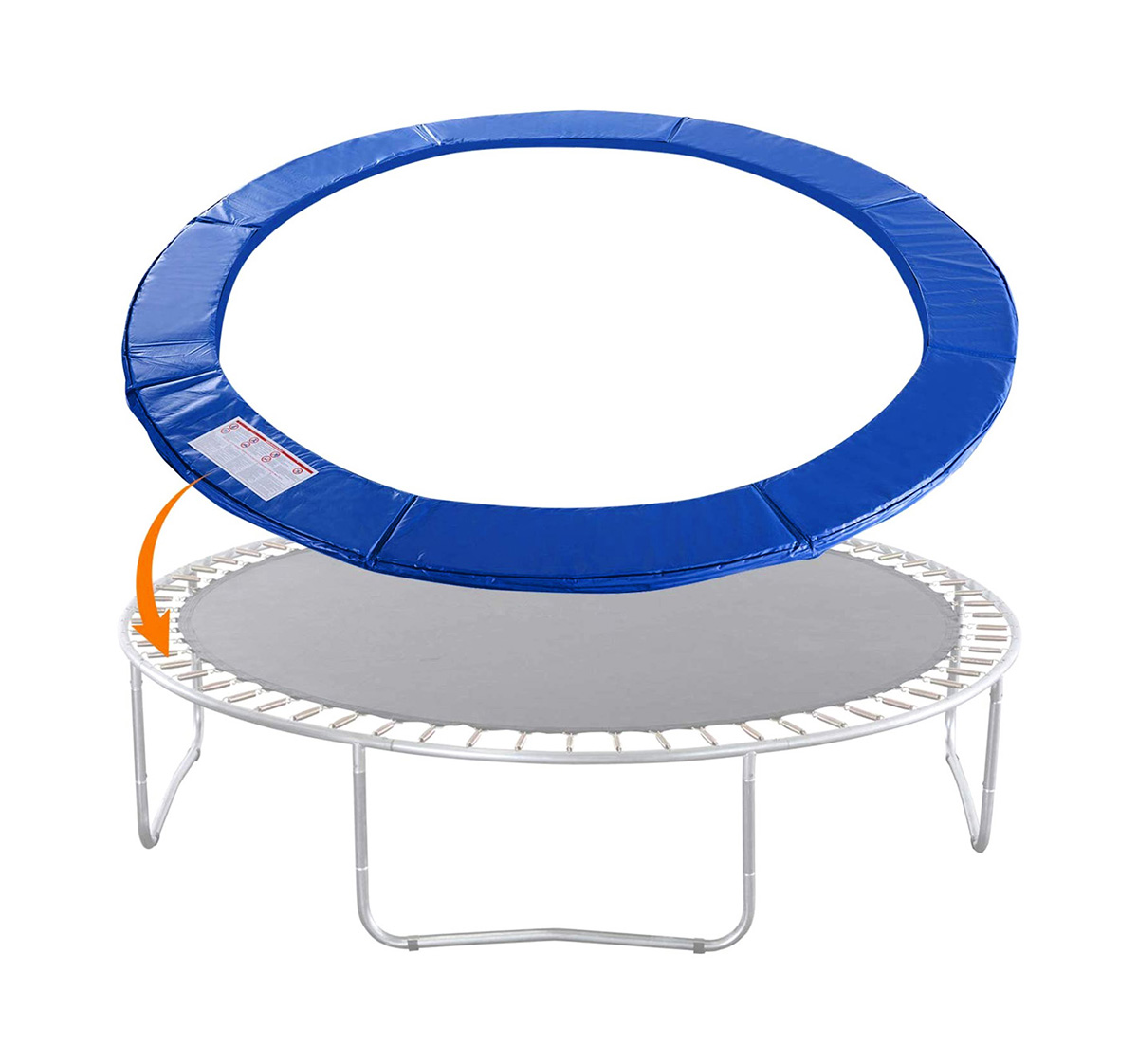
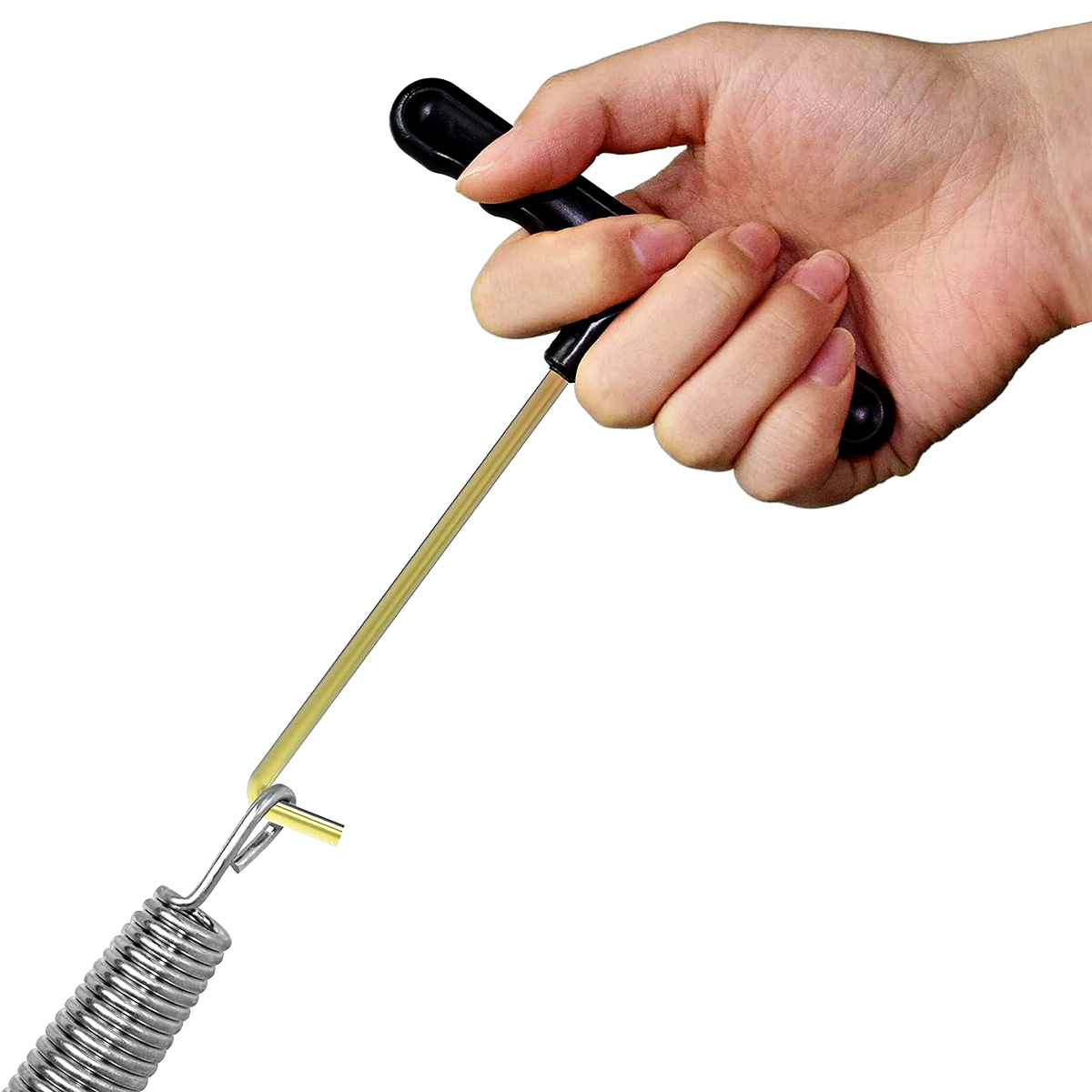

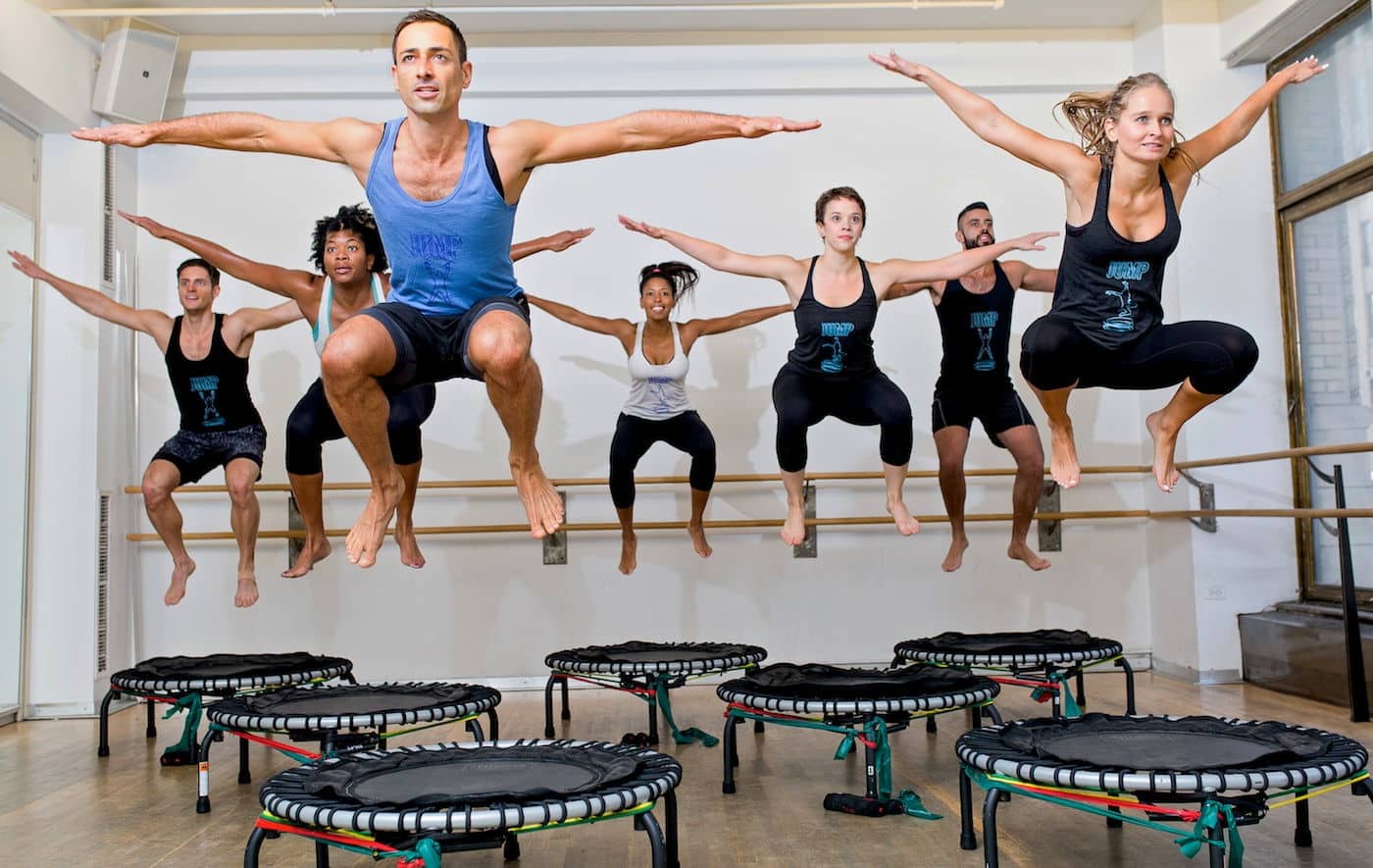
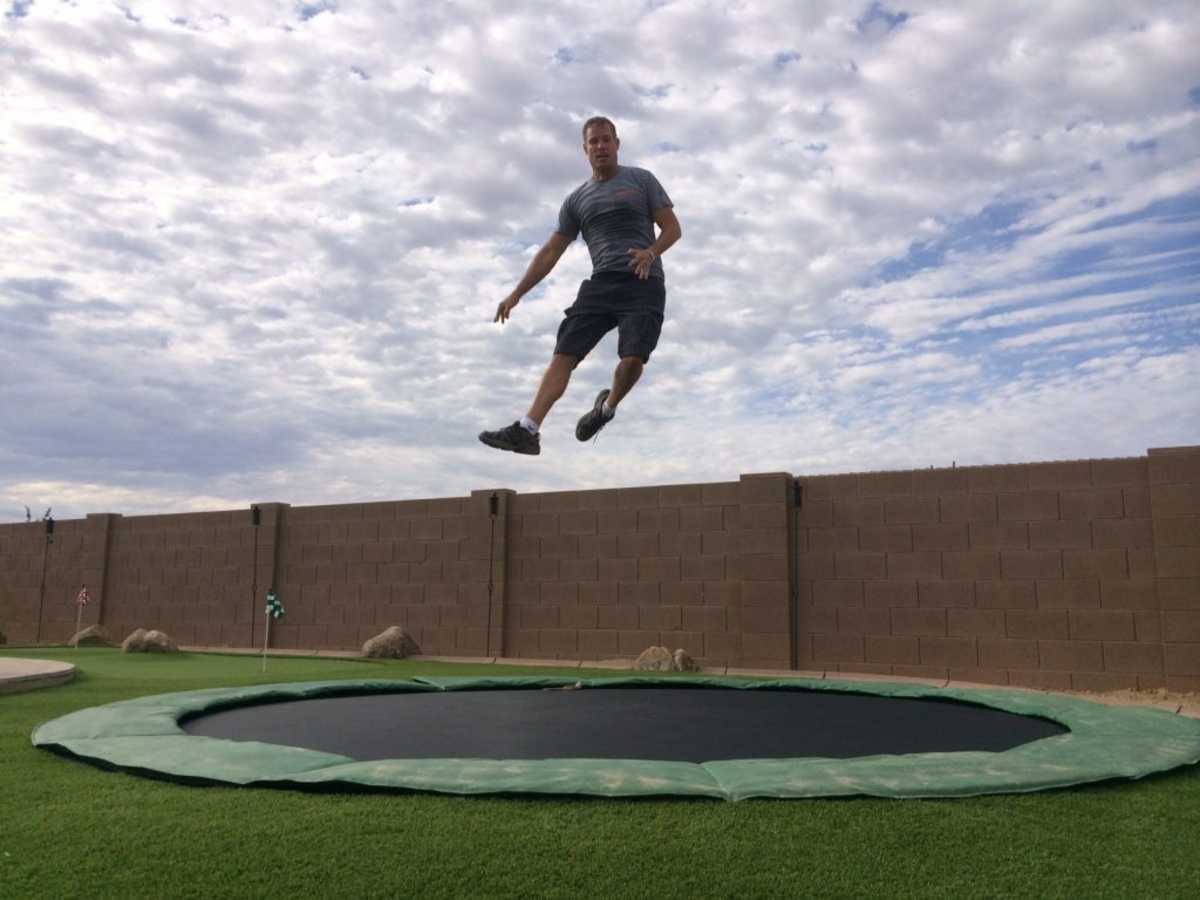
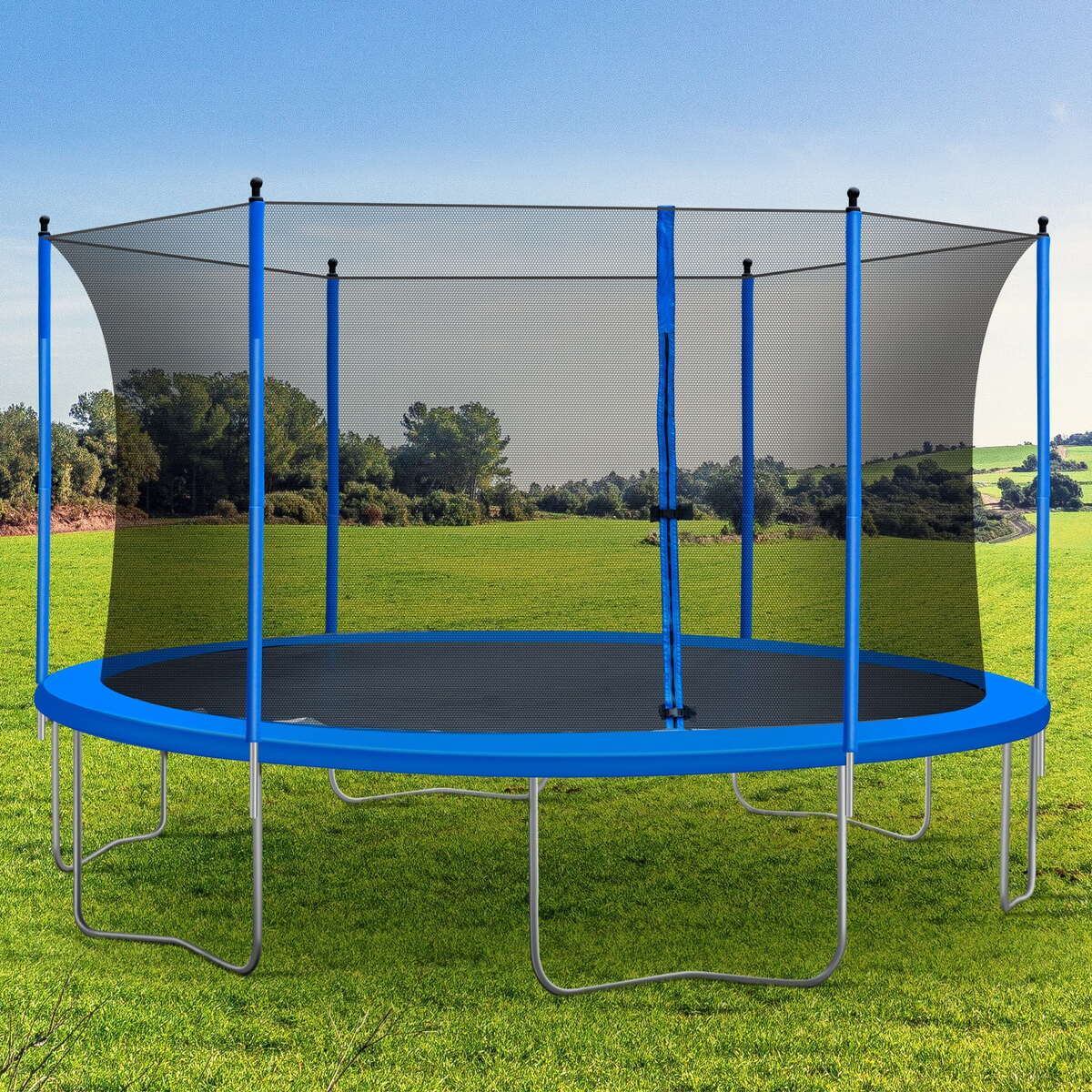

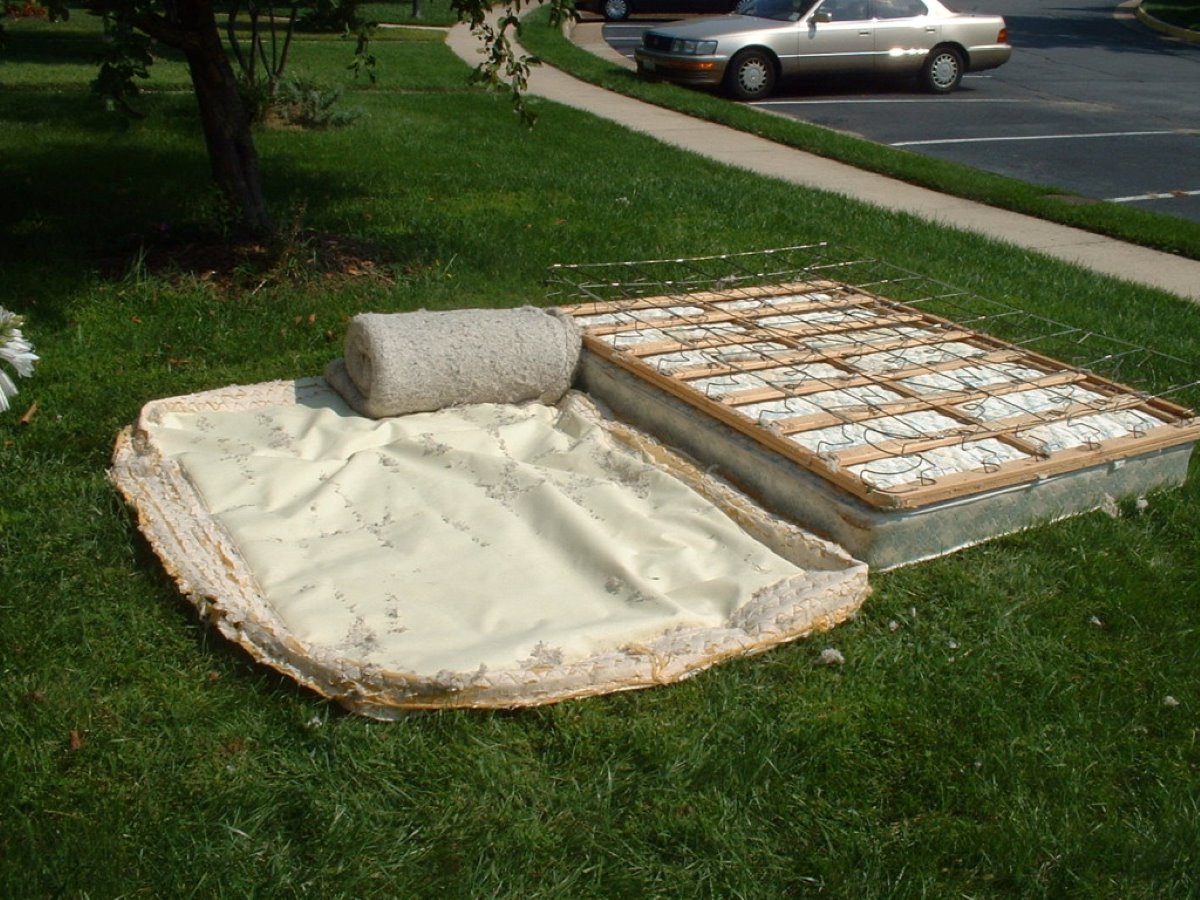
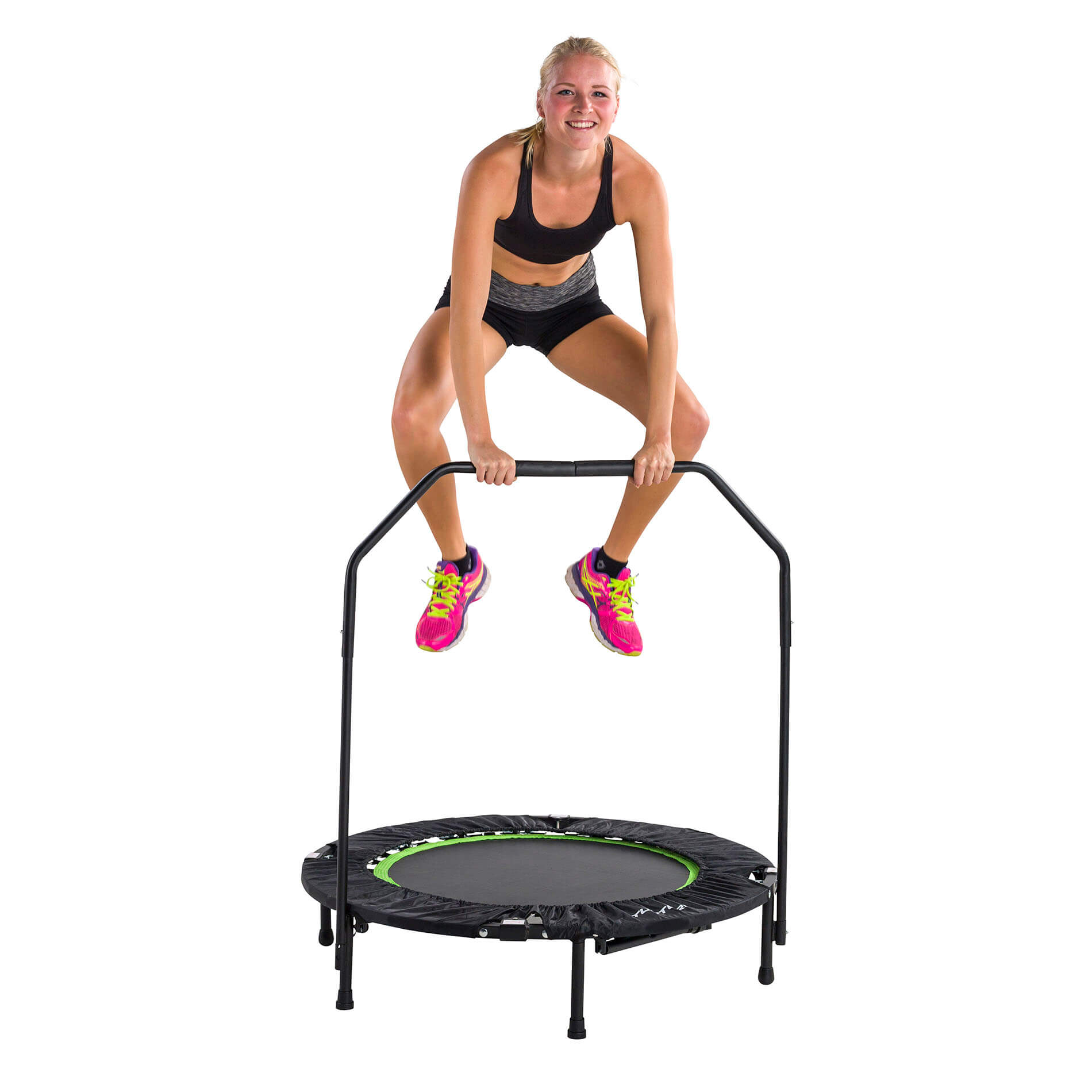

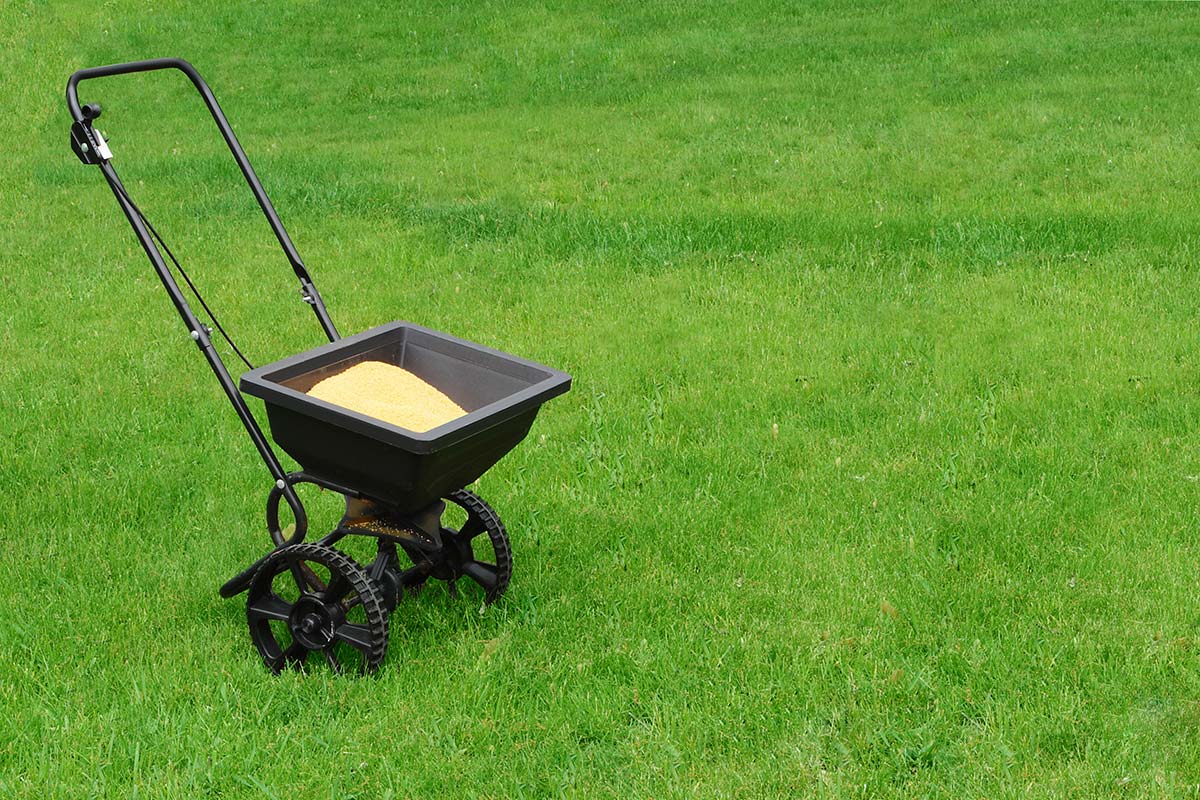


0 thoughts on “How Many Springs Are On A Trampoline”